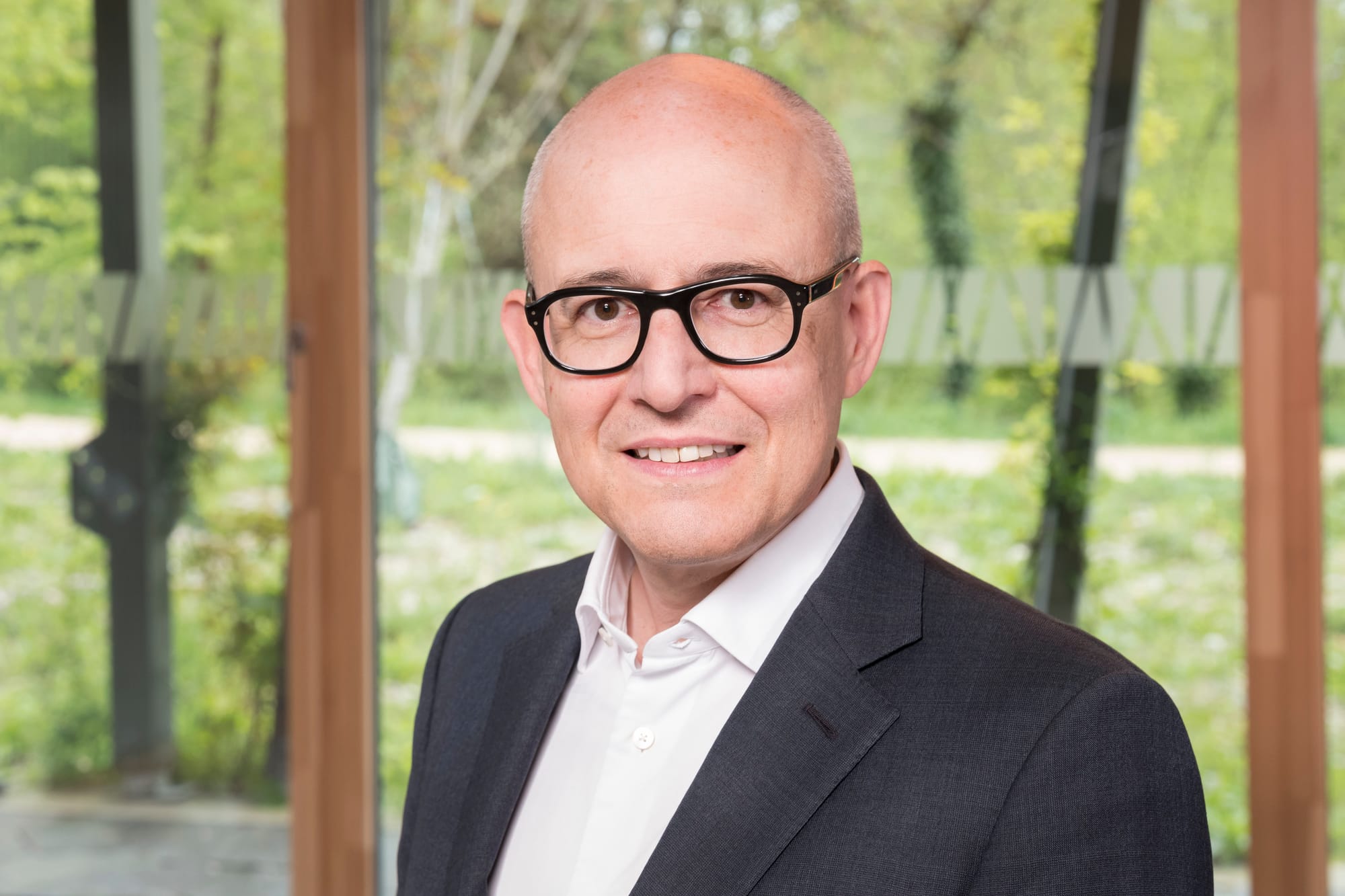Filed on July 25, 2025, validated at the end of September, the two federal popular initiatives “Against the destruction of our forests by wind turbines (initiative for the protection of forests)” and “For the protection of direct democracy with respect to wind farms (initiative for the protection of municipalities)” revive the wind power question in Switzerland.
We continue our special series with a key player in the sector: Suisse Eole. For this third installment, the floor is given to its director, Lionel Perret.
In light of the successful filing of the two most recent initiatives dedicated to wind power, a first question arises: does this energy source really have a future in Switzerland?
Yes, because the production profile of wind power matches our winter energy needs exactly. Our hydropower, and even more so our solar, produce mostly in summer. In winter, we must import and therefore depend on foreign sources, even though winds are strongest then.
Economically, wind power is competitive: it generates precisely when the value of electricity is highest. Environmentally, all life-cycle assessments confirm an excellent result, with an energy payback of embodied energy in just a few months. For all these reasons, wind power has been recognized as being of national interest in Switzerland and it has a promising future in our country.
How can such an anti-wind surge in our country be explained?
This phenomenon is not unique to Switzerland. Everywhere, any wind project — like any construction project that alters a territory and landscape — provokes opposition. It is legitimate for local populations to react to the transformation of their environment: a wind project must therefore also generate local positive benefits.
What is more worrying is the amplification and dissemination of these negative reactions by groups opposed to the energy transition. The same groups that fought the Energy Strategy 2050 can be found here, with wind turbines already erected as a scarecrow as early as 2024. Their strategy relies on repeating messages and occupying media space. Their aim: to gain ground by multiplying votes on energy issues, while amplifying information likely to feed social contestation.
What is new today is the coordination of a global movement supported by interests linked to fossil fuels. Wind energy, because of its visibility and effectiveness, has become the very symbol of the energy transition — and, as a result, a prime target, as we are currently seeing in the United States.
We are also paying the consequences in Switzerland. We now observe massive and unprecedented funding of the anti-wind movement, notably from the anti-wind lobby “Paysage Libre,” which mobilized heavily during the recent initiatives.
The good news is that when a first park is built to the satisfaction of the local population, extensions become much easier.
Switzerland aims to install about 1,000 wind turbines by 2050 as part of its energy mix. But given the current context, does that number not seem out of reach?
This figure needs to be put into perspective: it would represent, by 2050, a density of about one wind turbine per 40 km². By comparison, most regions neighboring Switzerland had already exceeded this threshold by 2025.
Austria today has more than 1,300 wind turbines and plans to double that number in the coming years. In Germany, where the wind sector is among the most dynamic in Europe, several regions have already surpassed the milestone of one turbine per 10 km², or even one per 5 km² in the state of Schleswig-Holstein.
The next target for Switzerland is to reach about 300 wind turbines by 2030. This is a realistic goal, provided that a majority of the projects currently in process can be realized by then. The projects exist, as does the energy, economic and technical interest: the real question remains the duration of the procedures.
The good news is that when a first park is built to the satisfaction of the local population, extensions become much easier. The examples of Andermatt or Mont Crosin attest to this: their enlargement projects were widely approved, without a single negative vote, during local municipal assemblies.
Would it not be better to finance wind projects abroad, where procedures face fewer obstacles, and then import that energy into Switzerland?
We have already experienced the consequences of our dependence on foreign sources, with an explosion of energy prices — multiplied twentyfold — for many months in 2022. Investing in our own supply in Switzerland is insurance against energy risks, allowing us to get through crises with greater stability.
The Swiss wind sector continued to produce at guaranteed fixed prices during that period of turbulence in 2022, while paying the Confederation the surplus revenues generated by market prices. The crisis would have been much less severe if we had had a larger local winter supply.
Moreover, it would be naive to believe that our neighbors readily accept transforming their landscapes — no less precious to them than ours — to supply Switzerland. Wind projects abroad primarily respond to local investment and development priorities.
In September, the Federal Chambers adopted the law aimed at speeding up procedures for renewable energies. Could this give wind power a boost in Switzerland?
The momentum is already well under way in the sector, with three parks currently under construction and about ten others close to starting work. We are now reaching the end of the twenty-year typical procedures for historical projects, developed since 2005 and often confronted with opposition.
The Energy Strategy voted in June 2024, with a large majority, is the main source of this momentum. It helped advance many projects, notably in German-speaking Switzerland. Conversely, the anti-wind and anti-transition initiatives brought by Paysage Libre were filed precisely at that time, in direct opposition to this strategy.
Since then, Parliament has supported several measures: the “Windexpress” law, which removes one out of eleven possible appeals for historical projects, as well as the new acceleration law, which is more focused on large hydro projects. For wind power, this law is limited to confirming the possibility of using templates during procedures and of resorting to cantonal approaches when the municipalities concerned request it.
The essential challenge now is to actually carry out the projects and to shift from a discourse based on fears to a debate based on facts.
How to relaunch the wind question in Switzerland? How to overcome the infamous “NYMBY” (Not In My Backyard) and “BANANA” (Build Absolutely Nothing Anywhere Near Anything) syndromes?
It is already relaunched! Projects are progressing well: several recent votes have been won, including at the cantonal level, such as in the canton of Lucerne. The essential challenge now is to actually carry out the projects and to shift from a discourse based on fears to a debate based on facts. We also observe that extending existing parks is much easier than building the first wind turbines — a finding that holds true both in Switzerland and internationally.
If we manage to launch a wave of exemplary implementations, in partnership with local distributors, municipalities and the population, notably through local electricity communities, we can gradually break these reflexes of rejection. We can then truly avoid spending those billions every year to feed our addiction to fossil fuels — which still account for nearly 90% of our energy imports, mostly from outside Europe.
The goal is to build a system with high local added value, beneficial for everyone. Humans are not opposed to change, except when it is imposed on them. That is why we must involve future neighbors, invite them to visit existing sites, and allow them to understand the complex reality of our energy supply. Let us collectively celebrate those exemplary municipalities that show the way to the transition and help insure the entire population against future energy risks.
This article has been automatically translated using AI. If you notice any errors, please don't hesitate to contact us.




